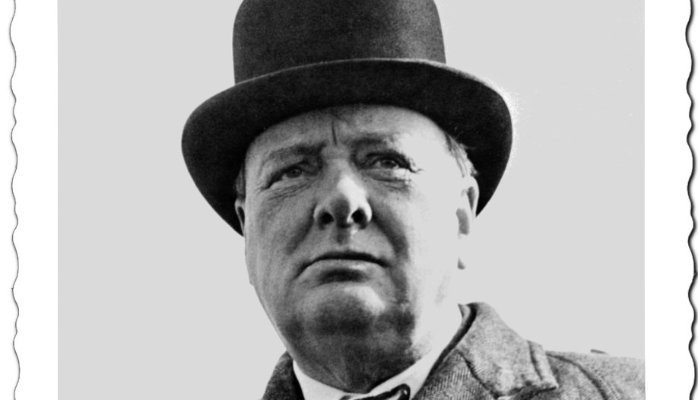When Should You Quit?
“Never give in. Never give in. Never, never, never, never…” - Winston Churchill
“Winner never quit and quitters never win” - Vince Lombardi
“If you stop now you are a damn loser!” - my dad yelling at the young Jia
Are you inspired yet? These are the quotes we see everywhere: on wall posters, on images of clouds and mountains, and out of the mouth of every sports coach. You also hear real stories of athletes, entrepreneurs, and artists who have persevered through hell to accomplish unimaginable feats.
So you should never give up on your goals, no matter what it takes, right?
Never give up? Never never never?
But what if you actually never accomplish your dream? For every movie or athletic star, there are thousands, if not tens of thousands of people who tried just as hard but never made it. Some clung to their dream for so long that they spent their whole life or youth pursuing it. What if they had pivoted earlier and found success in something else? Wouldn’t that be a better life?
So you also hear these quotes:
“Don’t throw good money after bad.” - Croatian Proverb
“If that doesn’t work, try something else.” - Richard Russo
“That’s enough! Go home, for heaven’s sake! It’s time for dinner!” - my mom yelling at the young Jia
Forget about “to be or not to be.” The real Shakespearean question in life should be “to quit or not to quit.”
I teach people not to fear rejection, and not to give up easily after rejection. And I hear a lot of people ask this question, “how many rejections do I need to take before I should give up.” It’s easy to say, never give up. But I know that’s bad advice.
Life is about both victories and trials and errors. It’s about both perseverance and experimentation.
At what point do you let go?
So when do you give up?
The answer is up to you, not in a “follow your heart” way but in a number-driven way.
I teach people a tool I have developed through Rejection Therapy. It’s called the Rejection Runway.
If your dream and project involve the acceptance of someone else, you will consequently get tons of rejections. For projects such as getting your dream job, getting a promotion/raise, selling a product, getting funding for your company, etc., the Rejection Runway is a great tool to judge when to persevere and when to pivot in your pursuit.
Before your project, think of the number of rejections you would take before you quit. Write that number on a post-it note and stick it on your wall. That’s your Rejection Runway. Then, every time you get rejected, subtract one from that number. Don’t give up your pursuit until that number hits zero. And if it does hit zero. QUIT! And do so with your head up and no regret.
Now, the initial number is based on the nature of your project and how much it means to you.
For example, if the project is to convince my wife that we should go to Hawaii for vacation instead of Maine, that number is around 3. (If it’s Hawaii vs. Oklahoma, I’ll raise that number to 50 and think about breaking my leg on purpose.)
If it’s to get a dream job, say at Google, I might set the number to 100.
But if it’s for something so meaningful, say to save my kid’s life, that number will be infinite.
When to keep going and when to quit. The Rejection Runway will show the way.
Why the Rejection Runway is fantastic:
1. It prevents you from quitting too easily. We quit too early rather than too late with the vast majority of pursuits. The pain of rejection will have you second-guess your decision and run for cover all the time. In projects which might take 20 rejections to get a YES, most people quit after 1 or 2. Having an ample runway, say 50, will give you a much better chance to help you reach your goal before quitting.
2. It prevents you from quitting too late. Some people have the opposite problem - they keep spending time, money, and effort on a project beyond what it is worth, because they don’t know when to quit. Having the runway to guide you when to quit will prevent the following psychological traps:
The Gambler’s Fallacy - you keep believing the next try will give you the result, so you keep going until you gamble away all your resources and then some.
The Sunk Cost Fallacy - you’ve invested so much effort that you would not allow yourself to quit, because you can’t justify the resource that’s already spent, so you keep spending more.
Once you install the Rejection Runway, you will be able to properly assess how much this project means to you. It will tell you when it’s the right time to quit.
What if rejection can become your fuel?
3. It turns rejection, the problem we fear the most, into mental fuel. Think about gasoline, the thing that powers and propels your car forward. You will keep going until your gas meter shows zero. Now, rejection has just become your gasoline, and your Rejection Runway has become your fuel meter. So instead of you fearing rejection, you will start loving it.
Try the Rejection Runway in your next project that requires rejections, and let me know how it goes.
Jia




